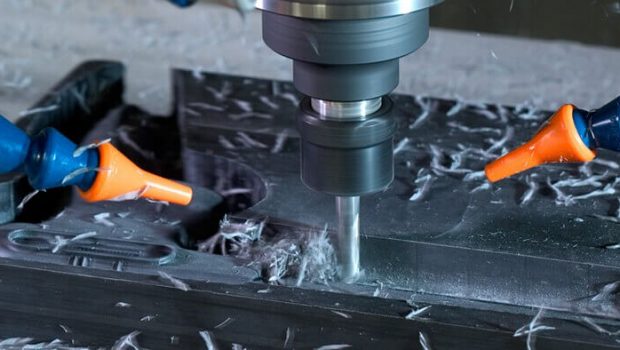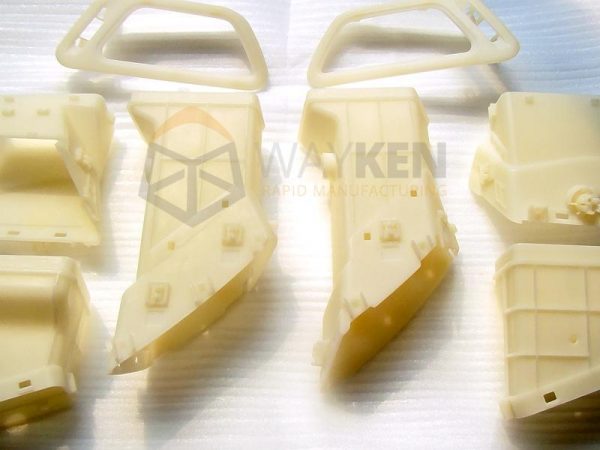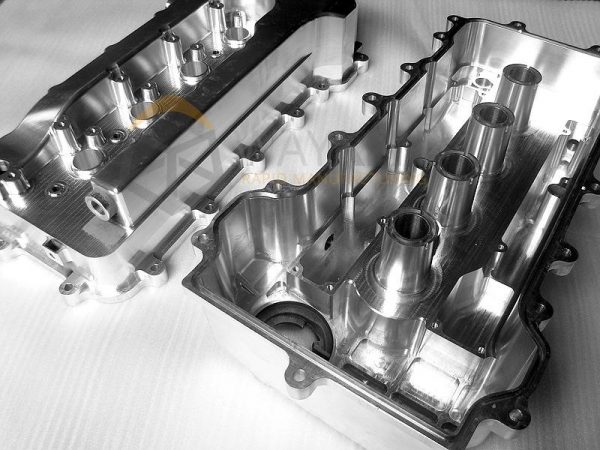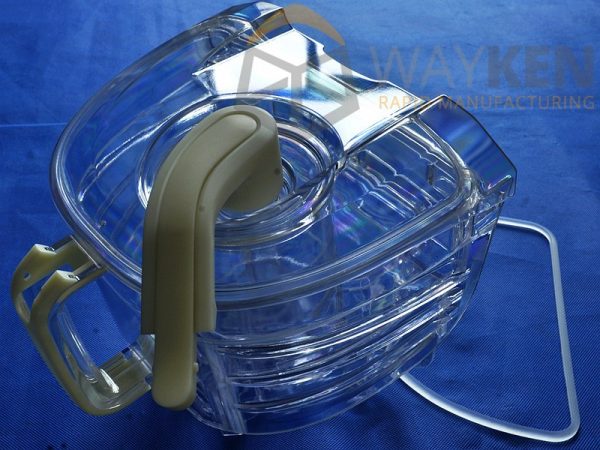Rapid Prototypes – a kickstarter for your product design and development
In today’s world it seems like everything goes faster than it used to. In fact it does. And so does our need to keep up with it. Responding quickly to needs in the physical world is what rapid prototyping is about. This is an old idea, but it too has grown to encompass more fields and techniques in such a way that it is indeed more rapid than it used to be.
In general, rapid prototyping is the group of technologies available to designers and engineers to create a 3D scale model of their designs to be able to find out primitive issues.
Among a variety of technologies of rapid prototyping the most popular ones include 3D printing and CNC machines of different types.
CNC machines and Injection molding systems have a long history in Advanced Manufacturing processes, but for efficient and economical production they need a lot, and expensive, setup. CNC however, can scale both up and down and inexpensive table-top machines are available for inexpensive fabrication of single parts for prototyping.
A new kid on the block is 3D printing. This process results in quality that is often not up to par for production, however the speed and extremely low cost makes the technique viable for prototyping. Even more exacting things like gears can be made to a quality that will allow testing, although not likely in a finished product.
The choice to use rapid prototyping depends on design needs but the bottom line is that in many cases a less strong or accurate part can be used to both for testing and for showing the viability of the finished product. Even if only some parts can be made this way, it can be a big saving in both money and time.
Machines for rapid prototyping vary greatly in price and quality. The choice of how much to spend for a particular project is dependent on just how valuable time is in this instance, and also how much money is available. If there are other projects in the works later, then of course the cost can be amortized over a period of time.
The purchase of equipment of a suitable quality is likely to not be worth the investment. There are however many insert molding company such as Wayken Rapid who specialize in this type of fabrication, and who specialize in rapid prototyping. You can even email plans and they will mail you back the part.
In some cases, development can be done in several steps. For example with plastic parts, sometimes a quick result can be gotten with CNC machining and when it looks usable, the design can be taken to the next step which is rapid prototyping injection molding. This otherwise expensive technique also be scaled down. Injection molding is normally for high volume production and will involve very expensive molds with things like compressed air mold release for extremely fast removal of the part, for example into a bin.
Let’s have a look at these rapid prototyping techniques in more detail.
The process is as simple as getting a 3D printer then creating a model in a CAD application on a computer which you can edit and then literally print that model in tangible 3D model just like sending a printout to your home printer.
So, with 3D printing producing a prototype for your school or college project or an young aspiring engineer’s idea can be done in a couple of hours or days depending on design and complexity of the product. The prototype is in physical 3D form which you can take in hand and work with it however you like. Owing to lower cost, ease of access to prototyping machine in form of 3D printers more and more enthusiasts are coming up with their own models of popular products they use and submitting it to the companies and co-operations for approvals by improving them to a greater extent.
One of the obvious limitation with 3D printing is material used in printing. The prototype might not have exact characteristics required to conduct certain tests to finalize a product design. That being so, rapid prototyping with 3D printing is rapid in true sense and it is so affordable that today that no idea is too small for getting a prototype done, hence, in a way 3D printing is promoting product designing and development and is one of the major break through in the field of Advanced Manufacturing processes.
Usually 3D printing is used for rapid prototyping or manufacturing when producing small volumes of parts or whole product with limited material requirement by the product designer. The choice of use a particular prototyping method depends on the volume of parts needed and the current state of project design and development. It would be fair to say if we need to work with few hundreds of prototypes of parts or product then it lucrative and efficient to invest in 3D printing technology and if you need to produce 1000s of parts with particular material then other technologies like CNC machining and Injection moulding systems are a viable options.
CNC machining is the next step up in cost. At one time this was only for big machine shops and serious production, in recent years it has become much more affordable. Indeed, since the introduction of cheap computers we have also seen small computer controlled table top milling machines.
CNC machining is basically computerized version of good old milling machines. CNC stands more Computer Number Control which is used at the head of the machine and controls the movements.
Traditional mechanical controls of a Milling machine are replaced by a programmable set of instructions. As read above it supports a wider variety of material for rapid prototyping.
CNC was originally used on wood and plastic but it has been used proficiently on soft and hard metals such as aluminum, magnesium, zinc, titanium and soft steel as well. Brass is an old standby in small parts machining, but in recent years aluminum has become very popular because of its combination of light weight and good strength. With the advent of software and instruction processing on precision required for CNC aluminium machining can be achieved easily.
Today, a designer or engineer can utilize the benefits of CNC machining services worldwide for achieving precision rapid prototyping or manufacturing with a wider variety of materials at a much affordable cost even for substantially lower volumes as it has been used for decades and has grown in terms of technology and efficiency exponentially in comparison to other machining processes.
Modern day rapid prototyping or manufacturing is not limited to a few industries. It is widely deployed in a set of industries including aerospace, automobiles, medical equipment, digital electronics, artificial intelligence, robots, driver-less cars and more. It is also the go to choice for small upstarts hoping to sell their invention to larger companies, or start a production of their own once they get enough interest and investment. Being able to show a viable product early on in the development will obviously be attractive to investors.
With mass availability of low cost rapid prototyping, it has gotten practical for an idea to get a real physical form which can be evaluated and tested at the grass hood level itself. The thought of being able to do so is beautiful in itself. Let alone the whole unprecedented progress in field of prototyping a design. It could not be simpler and direct for a designer or an engineer or start-ups and companies to actually be able to realize the primitives of a model in their mind at such lower cost.
With rapid prototyping has emerged a trend among tech-savvy segment of advanced consumers who are now submitting their own model or prototypes of a product to the manufacturers for approvals with improvements after due trials and tests in a small community or group.
Modern rapid prototyping has brought revolutionary changes to the whole process of product design and development and has evolved advanced manufacturing processes towards a bright future not just in realm of machining processes but also for the betterment of innovation in the society.
The key thing about rapid prototyping is how it can bring a product to early product design review. Alterations and development at the early stages, sometimes even from the comfort and privacy of your home, is a reality for even poorly funded projects. This can not only fuel continuous product development but also boost creativity and artistic freedom along with technical knowledge for a product’s research and development.





















